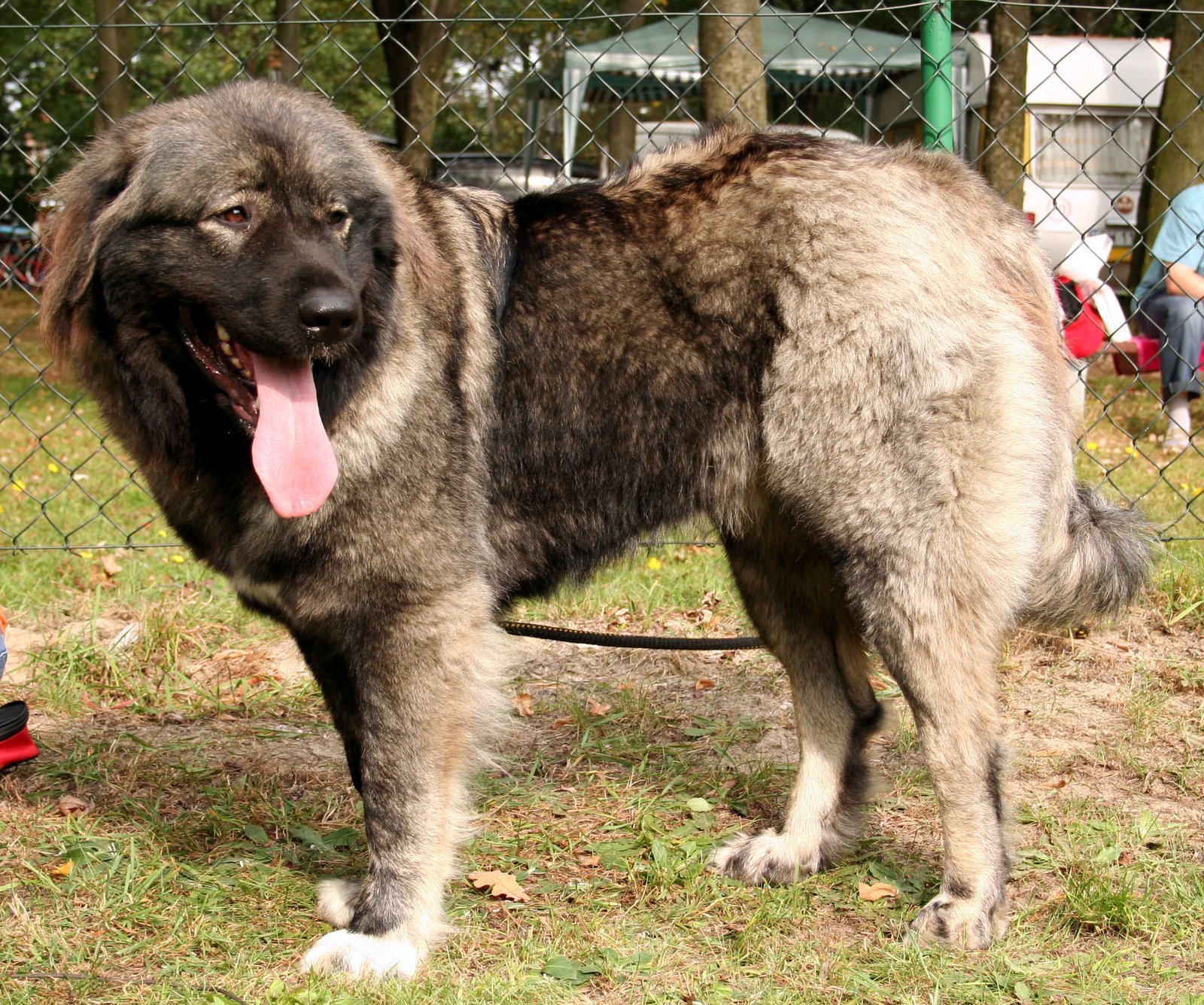Imagine a dog leaping between you and trouble, eyes blazing with courage, tail held high. Some pups don’t just wag in the face of danger—they charge right at it. Whether it’s protecting their family, chasing down threats, or working in the line of duty, these fearless breeds have a reputation for standing tall, no matter what. If you’ve ever marveled at a dog’s bravery, you’re about to meet ten breeds whose hearts are every bit as big as their bark.
German Shepherd
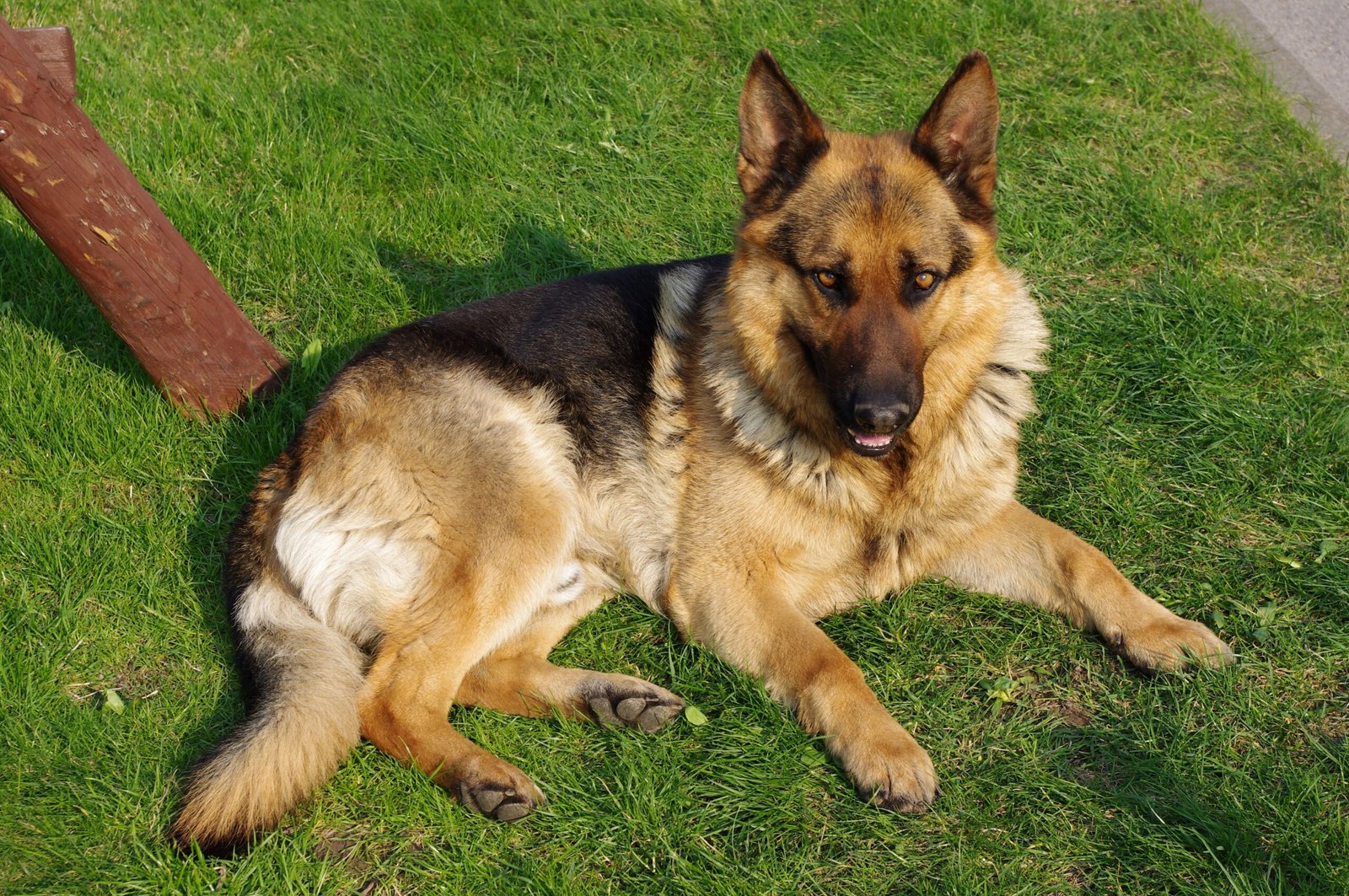
German Shepherds are the superheroes of the dog world. Known for their work in police and military units, they run toward chaos when others run away. Their courage isn’t just about power—it’s about loyalty. They’ll put themselves between their loved ones and any threat, big or small.
In everyday life, you’ll notice a German Shepherd’s alert stance and keen eyes. They’re quick to notice changes in their environment. If your shepherd suddenly stiffens, stares, or positions themselves between you and a stranger, they’re on high alert. Regular training and clear boundaries help channel their bravery in healthy ways.
Rottweiler
Rottweilers have a reputation for being steady, stoic guardians. They’re not just muscle—they’re deeply devoted to their people. If a Rottie senses danger, expect them to step in, no questions asked. Their fearlessness comes from confidence, not aggression.
You might see your Rottweiler quietly watching the front door or sticking close when a stranger visits. They rarely bark without reason, so a sudden growl or assertive stance is worth noting. Teaching them to distinguish between real threats and everyday visitors helps prevent unnecessary stress for both of you.
Belgian Malinois
If there’s a dog born for daring missions, it’s the Belgian Malinois. These dogs are the backbone of many K9 units, scaling walls and sniffing out explosives. Their energy and drive make them fearless—sometimes to a fault.
At home, a Malinois is always “on.” They’ll pace, watch, and react to the tiniest sounds. If they start fixating on something or become restless, they may sense something amiss. Keeping them engaged with tasks or agility exercises prevents boredom and channels their nerve into positive outlets.
Bullmastiff
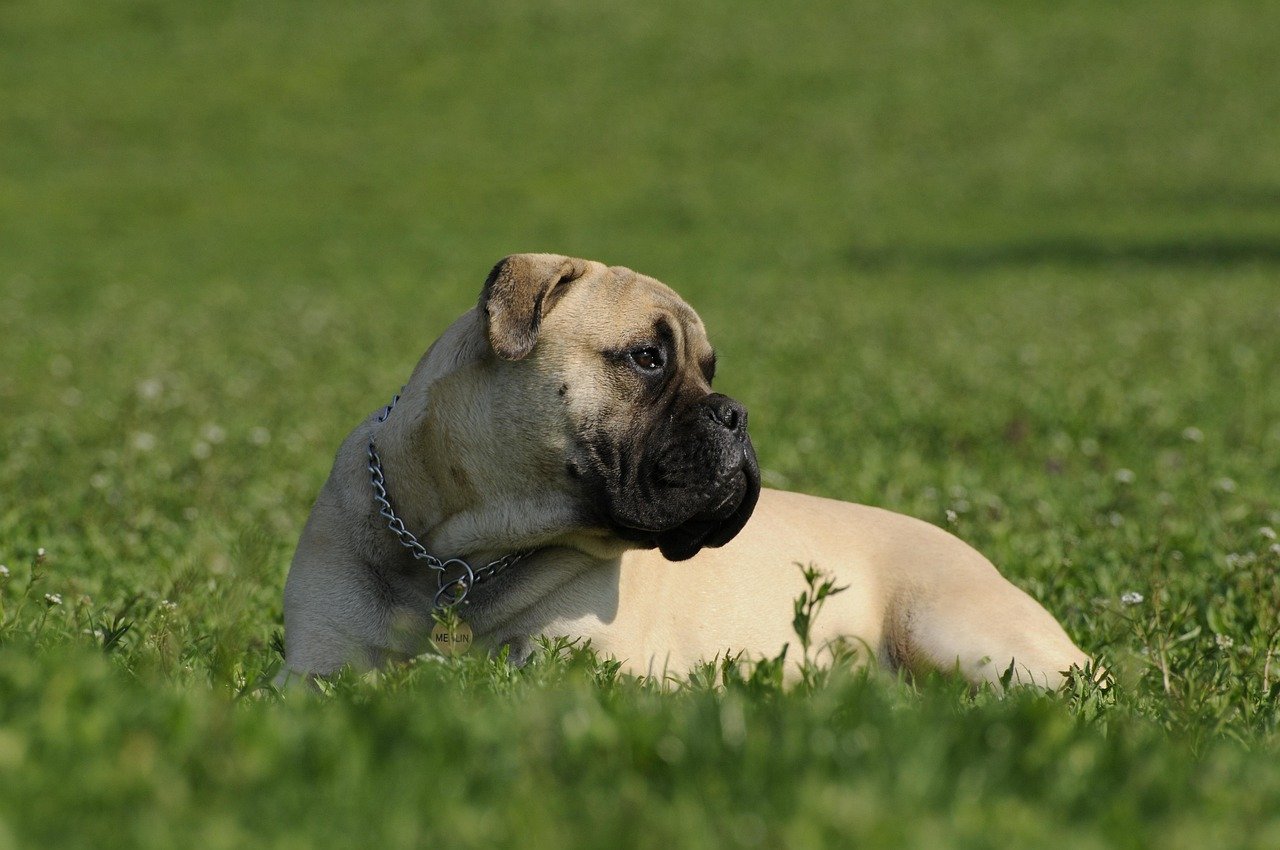
Bullmastiffs are gentle giants until a threat appears. Bred to guard estates, they have an uncanny ability to sense danger and act without hesitation. They rarely bark, preferring to confront intruders head-on—often by calmly blocking their path.
If you notice your Bullmastiff quietly standing between you and a guest, or hear a low, rumbling growl, pay attention. These are their subtle warning signs. Socializing them early helps them tell friend from foe and keeps their protective instincts in check.
Doberman Pinscher
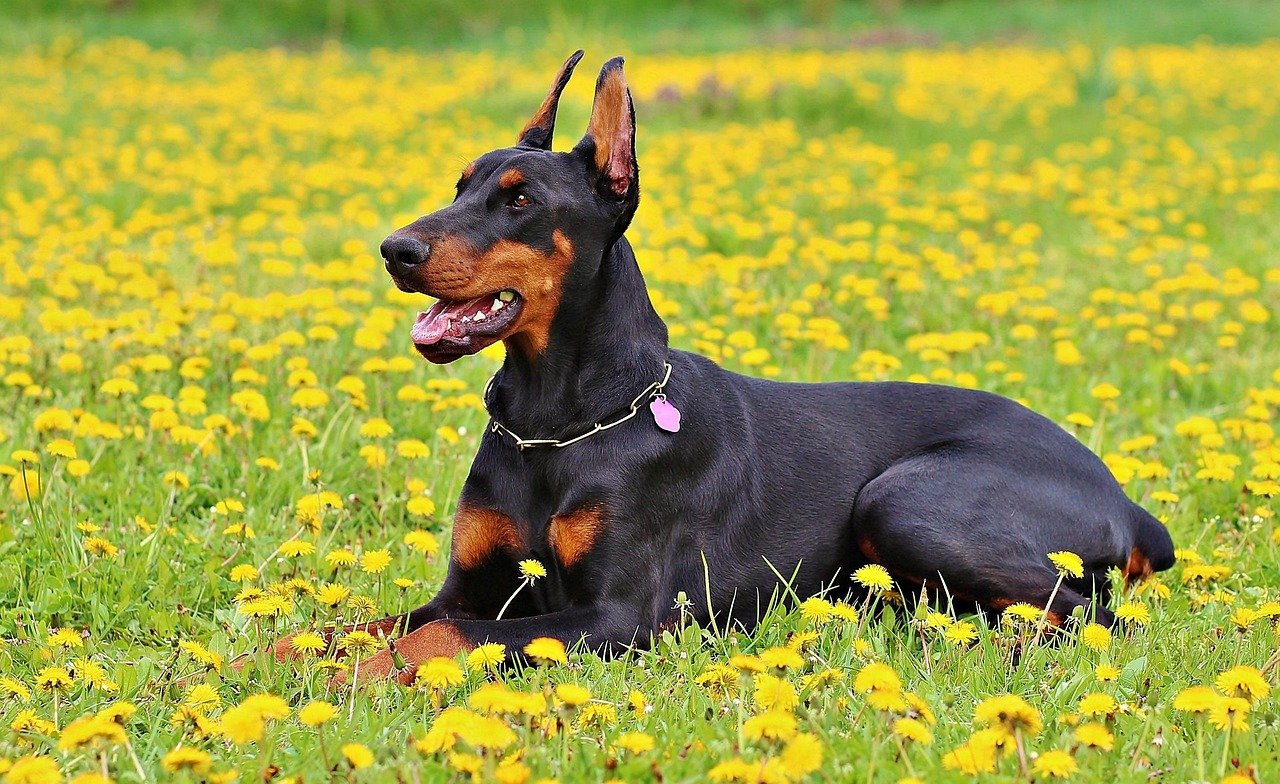
Sleek, muscular, and lightning-fast, Dobermans are fearless protectors. Their intelligence means they size up situations swiftly, responding with bold, decisive action. They’re famously loyal and will do anything for their family.
At home, you’ll see Dobermans patrolling the yard or keeping an eye on each family member. If your Dobie starts shadowing you more closely than usual, it could mean they’re picking up on something you haven’t noticed. Regular mental and physical challenges help keep their minds sharp and their courage focused.
Giant Schnauzer
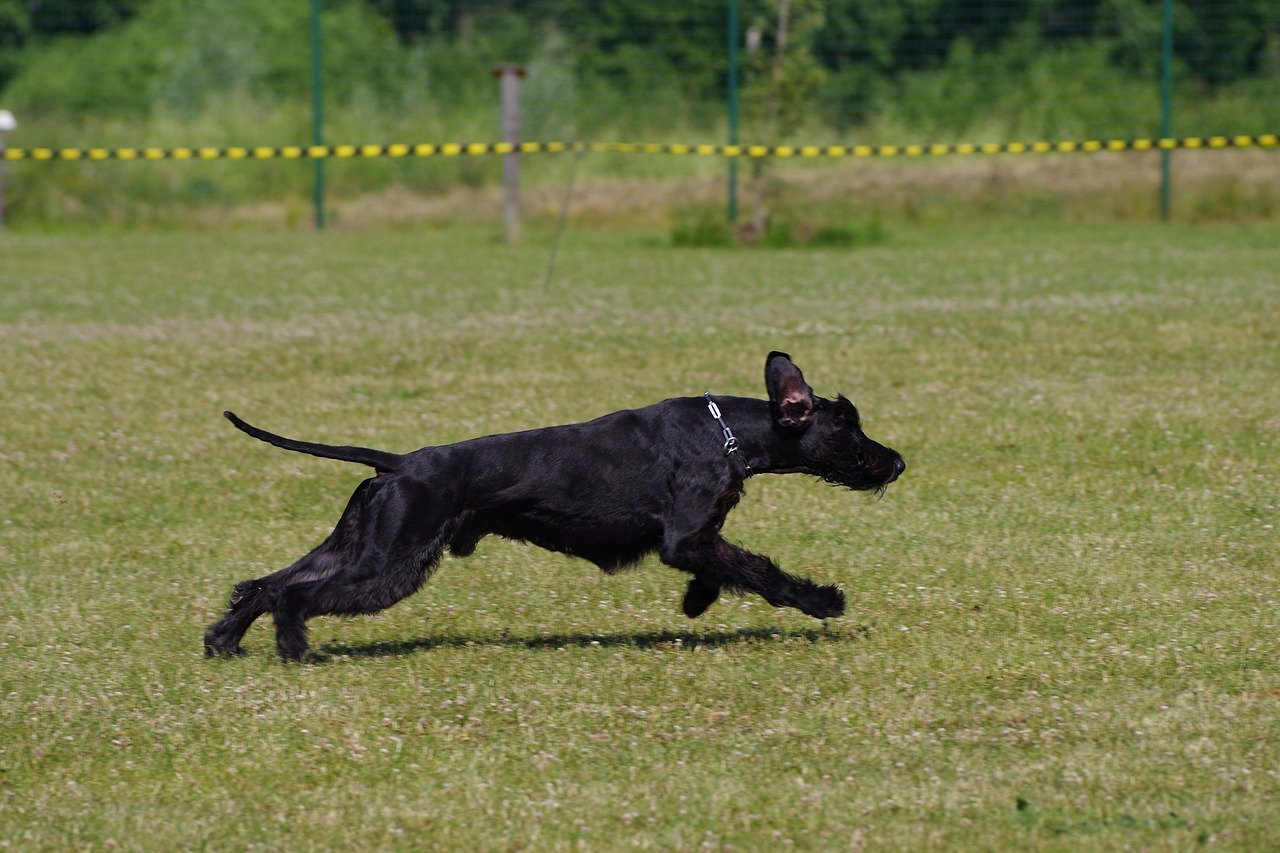
Don’t let their shaggy beards fool you—Giant Schnauzers are formidable defenders. Originally bred to drive cattle and guard farms, they’re fearless, alert, and a bit stubborn. They won’t hesitate to stand their ground if they sense a threat.
A Giant Schnauzer will often position themselves near doors or windows, acting as a living alarm system. Raised hackles, intense staring, or a deep, rumbling bark are their go-to warning signs. Consistent training and exposure to new experiences help keep their bravery balanced with good manners.
Anatolian Shepherd
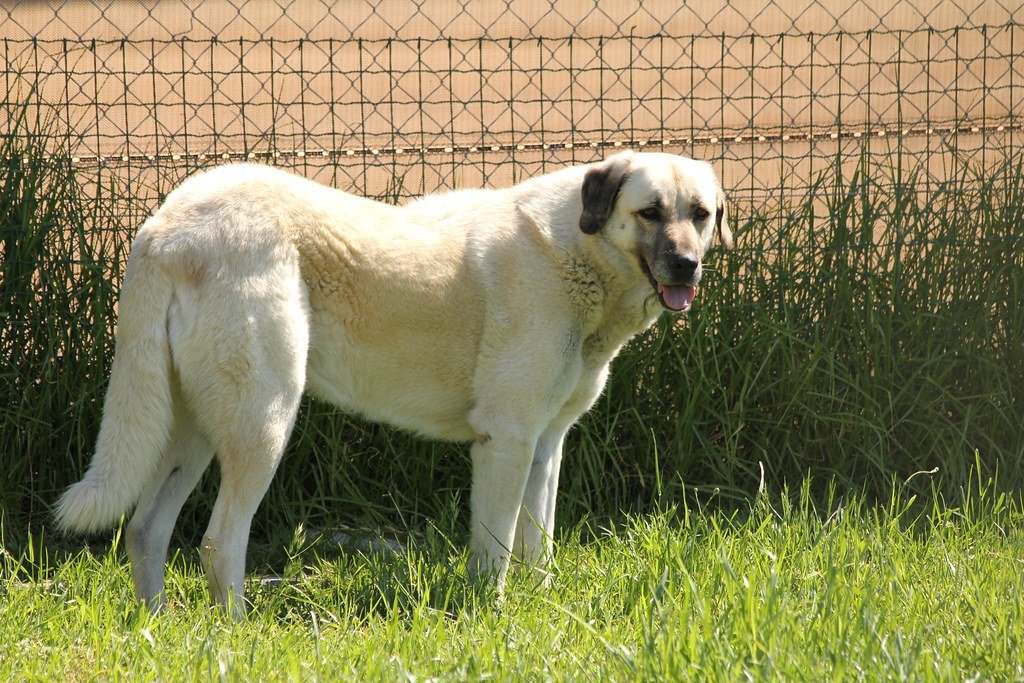
Built for protecting livestock against wolves and bears, Anatolian Shepherds are fearlessness in fur. They’re independent thinkers, which means they’ll take charge if they suspect danger—sometimes even before you notice anything amiss.
If your Anatolian starts pacing a boundary or barking at distant sounds, they’re on patrol mode. They’re not the type to seek out cuddles when something feels off. Regular health checks are important, as these stoic dogs might hide injuries while focusing on their “job.”
American Pit Bull Terrier
Pit Bulls are often misunderstood, but their courage is legendary. Originally bred for strength and tenacity, they’re deeply loyal and will put themselves at risk for those they love. Their fearlessness shines in the face of adversity.
At home, a Pit Bull’s body language is easy to read: a tense posture or steady gaze usually means they’re alert. It’s vital to provide early socialization and plenty of positive reinforcement to help them use their courage wisely and avoid unnecessary confrontations.
Caucasian Shepherd Dog
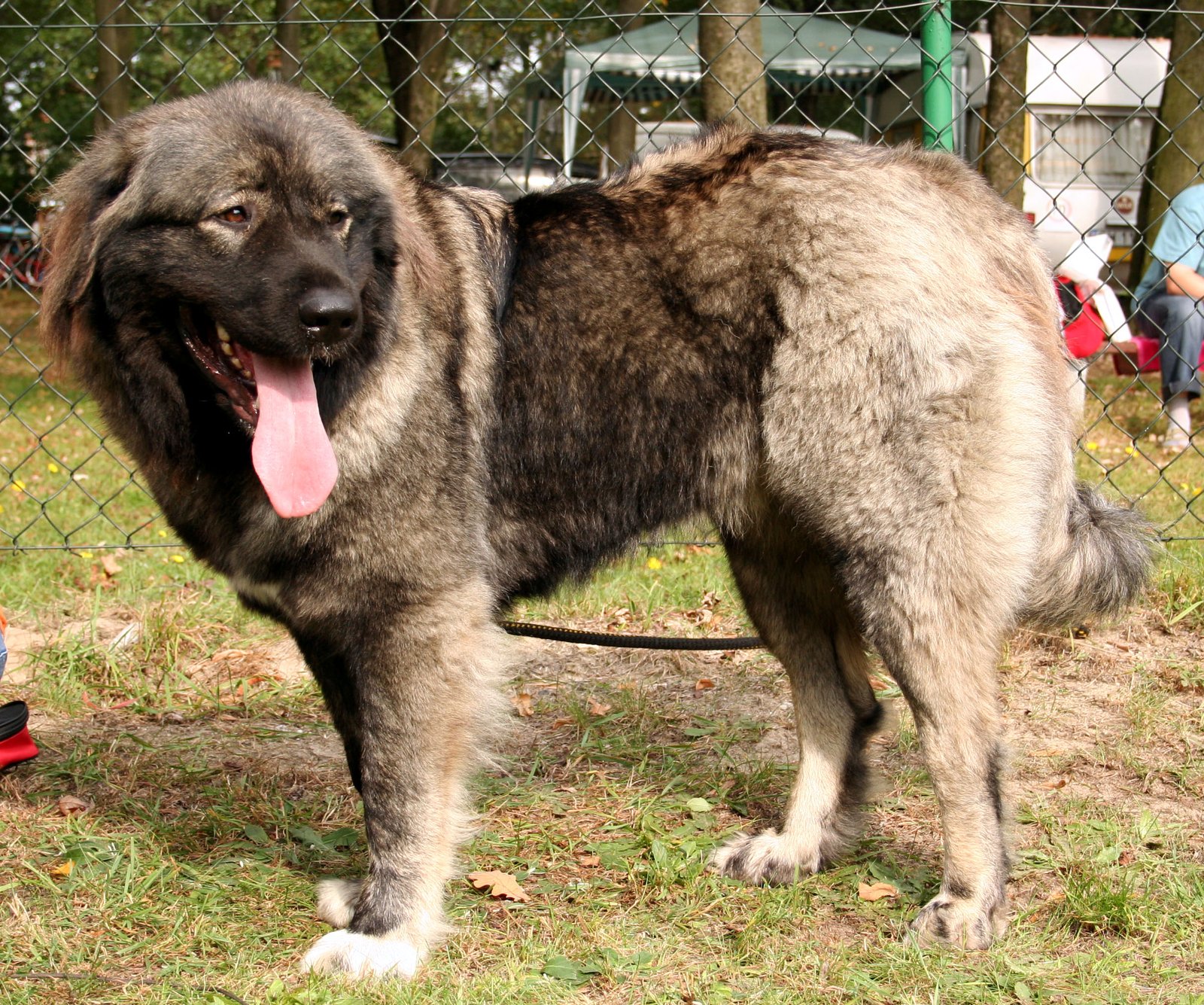
Massive and imposing, the Caucasian Shepherd was bred to guard sheep from predators like wolves. Their natural bravery makes them unflinching in the face of danger. They make decisions quickly and can be fiercely protective.
When a Caucasian Shepherd senses a threat, they often bark loudly and physically insert themselves between you and what they see as danger. Watching for subtle cues—like a stiff tail or raised fur—can help you intervene before they escalate. Early, consistent training is key to teaching them when to stand down.
Staffordshire Bull Terrier
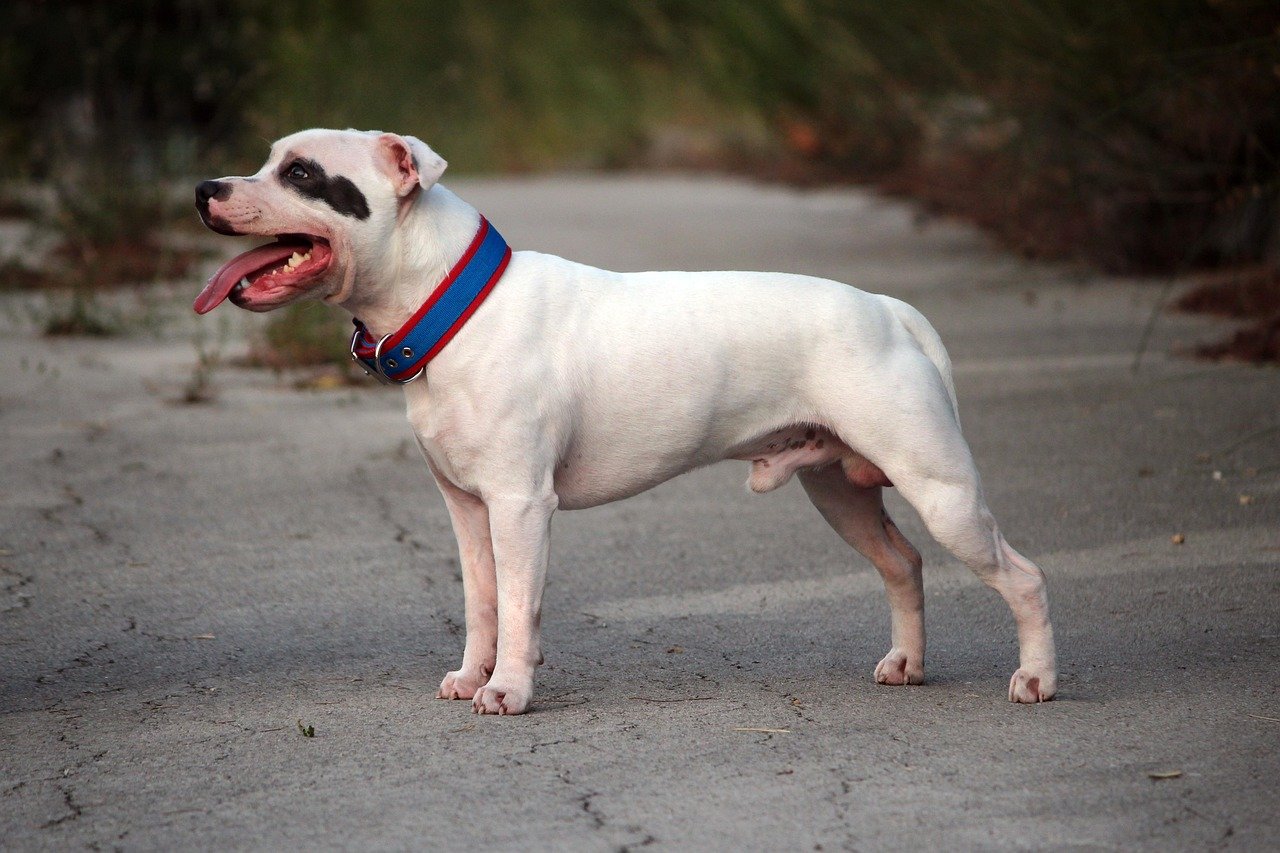
Staffies are pint-sized powerhouses with hearts of gold. Their bravery isn’t just about brawn—it’s about unshakable loyalty. They’re known to defend their families at any cost, showing a boldness that belies their size.
A Staffordshire Bull Terrier will usually press close to you if they sense trouble, watching your reaction closely. If they start barking or posturing, it’s their way of saying, “I’ve got your back.” Ongoing training and plenty of affection help channel their spirit in safe, positive ways.

